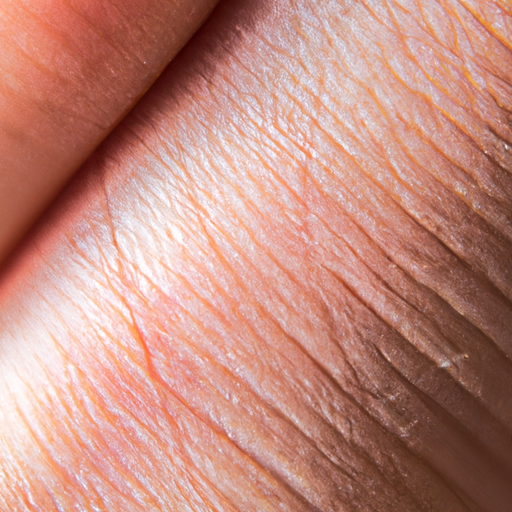As a medical professional, I often encounter patients who are concerned about the health and appearance of their skin. One of the most effective ways to maintain radiant, youthful-looking skin is through regular exfoliation. This process removes dead skin cells, unclogs pores, and promotes the growth of new, healthy skin cells. However, it’s important to understand how to exfoliate properly to avoid damaging your skin. This article serves as your ultimate guide to masterful skin exfoliation.
Firstly, let’s understand what exfoliation is. It’s the process of gently removing the top layer of dead skin cells from your skin’s surface. This can be achieved through physical or chemical means. Physical exfoliation involves using a scrub, brush, or other tools to physically remove dead skin cells. Chemical exfoliation, on the other hand, uses acids or enzymes to dissolve these cells.
Exfoliation offers numerous benefits. It can help reduce the appearance of fine lines and wrinkles, improve skin texture and tone, decrease acne breakouts, and enhance the absorption of skincare products. However, it’s crucial to remember that over-exfoliation can lead to skin irritation, dryness, and increased sensitivity.
So, how often should you exfoliate? The answer depends on your skin type and the method of exfoliation you choose. Generally, for physical exfoliation, once or twice a week is sufficient for most skin types. For chemical exfoliation, it’s best to start with once a week and gradually increase to two or three times per week if your skin tolerates it well.
Choosing the right exfoliation method for your skin type is crucial. For sensitive or dry skin types, a gentle chemical exfoliant like lactic acid can be beneficial. For oily or acne-prone skin, salicylic acid can help unclog pores and reduce breakouts. Physical exfoliants like scrubs or brushes can be suitable for normal to oily skin types, but they should be used gently to avoid causing micro-tears in the skin.
When exfoliating, always remember to be gentle. Scrubbing your skin harshly can cause more harm than good. Apply your exfoliant in a circular motion and rinse thoroughly with lukewarm water. After exfoliation, your skin can be more sensitive to the sun, so it’s essential to apply a broad-spectrum sunscreen with an SPF of at least 30.
In addition to regular exfoliation, maintaining a healthy lifestyle can also contribute to radiant skin. This includes staying hydrated, eating a balanced diet rich in fruits and vegetables, getting regular exercise, and ensuring you get enough sleep.
Lastly, remember that everyone’s skin is unique. What works for one person may not work for another. It’s important to listen to your skin and adjust your skincare routine accordingly. If you’re unsure about what type of exfoliant is right for you, or if you’re experiencing persistent skin problems, it’s always best to consult with a dermatologist or other skincare professional.
In conclusion, masterful skin exfoliation is a delicate balance between removing dead skin cells and preserving the health of your skin. When done correctly, it can unveil a radiant complexion that reflects your inner health and vitality. Remember to exfoliate gently, choose the right method for your skin type, and protect your skin from the sun. With these guidelines, you’ll be well on your way to achieving beautiful, radiant skin.
Unveiling Radiance: The Ultimate Guide to Masterful Skin Exfoliation



